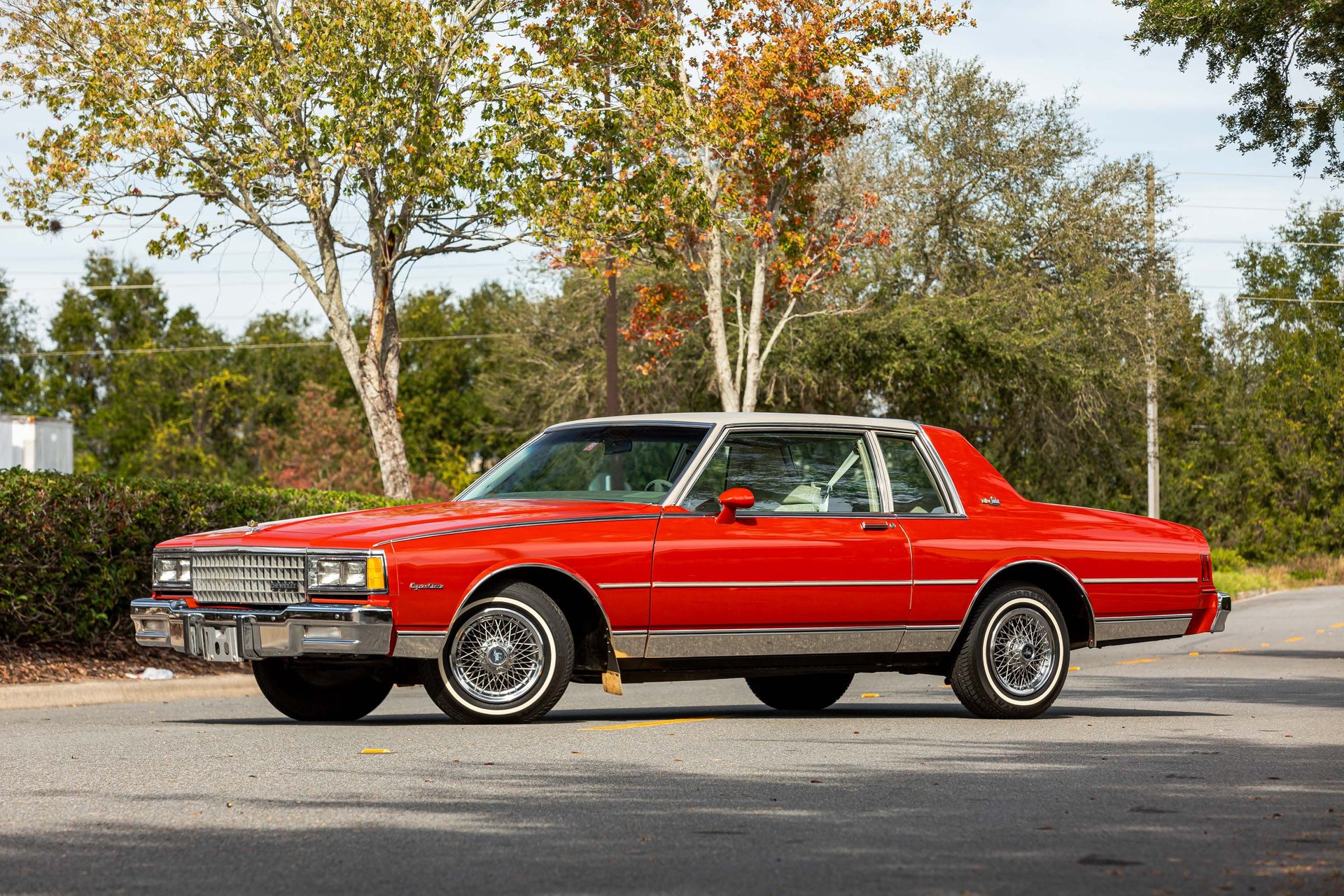Let’s face it — most cars aren’t built to last forever. They rust, rot, break down, or just fade into obscurity, one muffler rattle at a time. But every once in a while, a vehicle rolls off the assembly line with a little more grit in its bolts and a bit more soul under the hood.
These are the junkyard survivors — the forgotten models that somehow dodged the scrapyard, outlived their expected lifespan, and are still chewing up miles today. In a world obsessed with EVs and high-tech hybrids, it’s easy to overlook the old-school beaters still holding their own.
But that’s exactly what makes them legendary. These 10 cars weren’t pampered garage queens — they were daily drivers, road warriors, and sometimes even family hand-me-downs. And against all odds, they’re still running strong.
1. Toyota Corolla (1983–1997)
The Toyota Corolla from this era, especially the E80 and E90 series, is perhaps the most legendary survivor in the automotive world.
Simple carbureted engines, bulletproof 4A and 3E motors, and minimal electronics make these Corollas practically immortal.
Mechanics often joke that the only way to kill an old Corolla is to run it without oil or into a wall and even then, it might still drive. Many examples with over 300,000 miles are still seen in rural areas and student parking lots.
During its mid-cycle refresh, the rear-wheel-drive Corolla SR5 coupe and SR5 Sport liftback received a dose of style in the form of hidden headlights and sharper design cues.
These touches were intentionally added to echo the SR5’s flashier, more performance-oriented sibling: “This is a car built with econobox hardware, but packaged in the style of higher-line image cars.
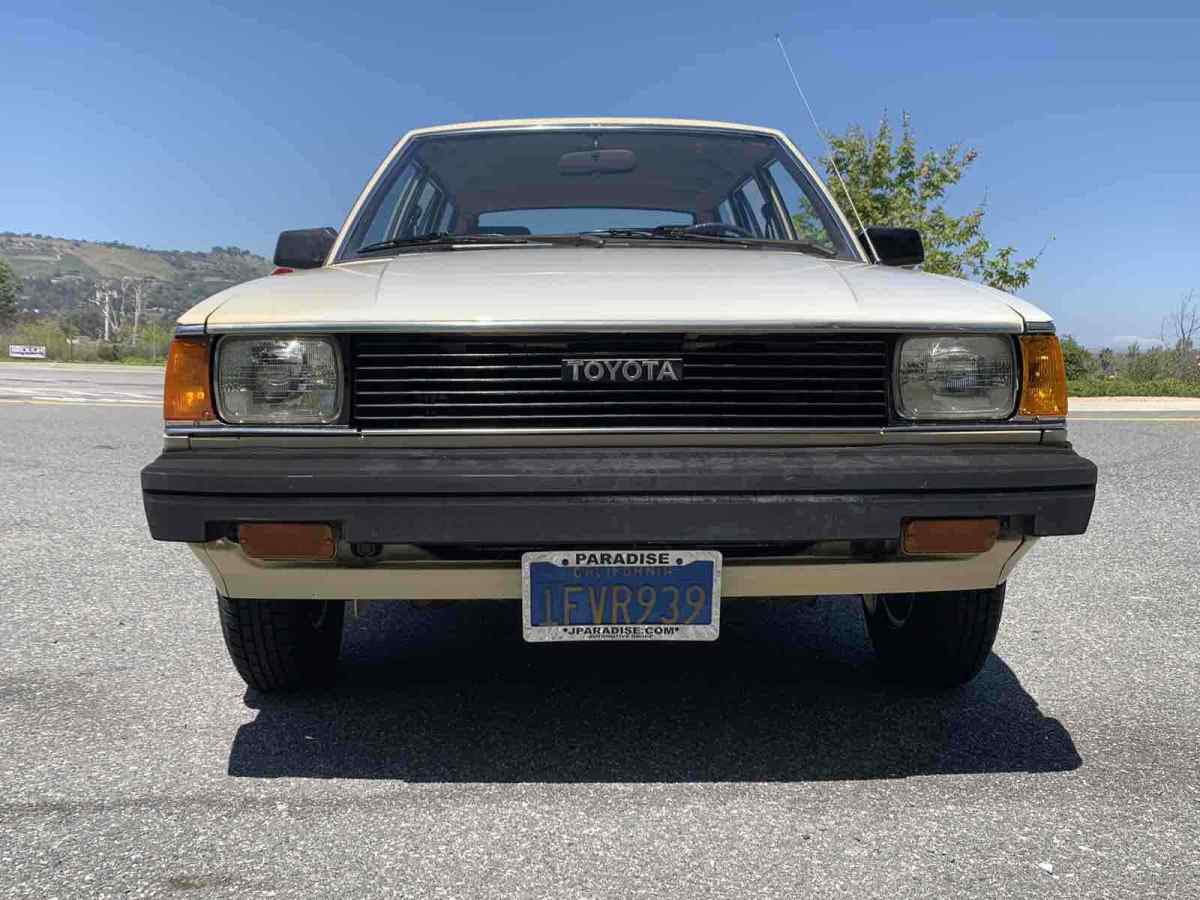
It looks sleek and middling-flashy, but performs with budget-minded restraint. It costs just $8,000, but packs much of the Supra’s visual flair. It is, in fact, very much a baby Supra—no buts about it.”
Inside, the Corolla Sport continued to punch above its weight, delivering a cabin that masked its economy car roots. The Sport package—offered as an option rather than tied to the model name—came with seats that were visually impressive.
“Modernistic head restraints, snug and (on the driver’s side) adjustable upper body bolsters, and clean upholstery materials in boldly contrasting colors, which carry on throughout the cockpit.” While these seats leaned more toward visual appeal than outright comfort at first, they became more agreeable the longer you spent in them.
Overall, in terms of content, layout, and styling, the Corolla Sport’s interior gave the Supra a respectable run. That said, the Supra had the muscle to match its design, whereas the Corolla Sport occasionally felt like it was struggling to haul its own gear.
By 1984, the Corolla had earned the title of “largest, best-selling single line of cars in the world,” and it pulled that off by embracing variety—essentially doing it the Burger King way, letting buyers “have it your way.”
As one review put it, “Toyota’s 1984 Corolla family must set some record for diversity. Not only are there two-door and four-door body styles—each available with notchback and hatchback roominess—but there is even a choice of drivetrain layout.
The ‘family’ Corolla, the upright four-door with a genuine back seat, uses a transverse front-engine, front-drive arrangement for best use of space. The Sport is a slippery looking two-door coupe employing the same engine mounted lengthwise, powering the rear wheels.”
2. Volvo 240 (1974–1993)
The Volvo 240 has earned cult status for its boxy look and incredible longevity. Built with an emphasis on safety and simplicity, the 240 is easy to repair and hard to kill.
The redblock engines in particular especially the B21 and B230 are known for lasting over 500,000 miles with basic maintenance. It’s not unusual to find a 240 with faded paint and a cracked dashboard still humming along decades later.
Although Volvo’s 200 Series is often described as a ‘tank’—and does tend to be more robust than many of its contemporaries—no classic car is truly indestructible. Any potential purchase should be thoroughly inspected for rust, with close attention paid to the sills and structurally important areas at the front of the car, such as the crossmember and suspension strut towers.
The Redblock engines used in these models are legendary for their toughness, with tuners having extracted impressive power figures from them.
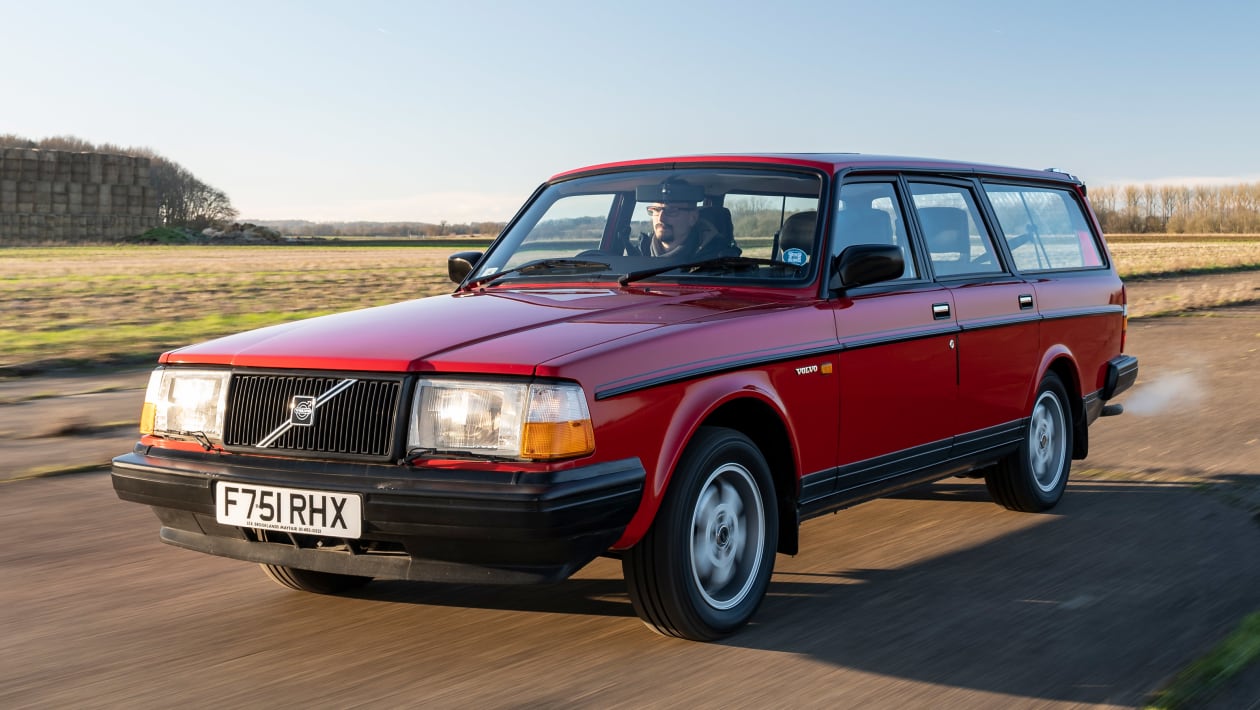
However, this reputation can sometimes result in neglected maintenance, so it’s essential to check for signs of regular servicing. When properly looked after, these engines are capable of covering very high mileages. It’s also wise to inspect the gearbox for any oil leaks, which can be a sign of age-related wear.
Gone are the days when you could pick up a scruffy 240 for pocket change. Prices now start around £4,000, and most of the cars you’ll find on the market will be later production models.
As for the 260 variant, don’t expect to come across one easily. Production of the 260 ended well before the 240, following the launch of the 760, so even the newest surviving examples are already around 40 years old.
The Volvo 240 was produced from 1974 to 1993, originally priced from £13,395. Today, values start at roughly £4,000. It came equipped with a 2.3-litre four-cylinder petrol engine producing 133bhp, paired with a five-speed manual transmission and rear-wheel drive. Performance-wise, it could reach 62mph in 11.0 seconds and had a top speed of 106mph.
3. Honda Civic (1992–2000, EG/EK)
The early-to-late ‘90s Honda Civics (especially the EG and EK platforms) have survived the junkyard fate for many reasons.
They’re extremely modifiable, cheap to maintain, and equipped with engines like the D15 and B16 that can last well over 300,000 miles.
Enthusiasts have saved thousands of them from the scrap heap due to their aftermarket support and tuner potential. Even those with rust and mismatched body panels are still common daily drivers.
Introduced in 1992, the Honda Civic EG hatchback marked the arrival of the brand’s fifth-generation model. It was known for its flawless construction, combining thoughtful design with reliable functionality.
While the handling may come off as slightly loose, the EG is still notably quick. Visually, it carries an appealing and sporty aesthetic, and it offers a broad range of options for buyers to choose from.
In contrast, the Honda Civic EK belongs to the sixth generation and made its debut in 1996. Compared to earlier models, sixth-generation Civics are larger in overall dimensions, meaning the EK is slightly bigger than the EG.
It features a more aerodynamic body and a heavier chassis, which contributes to a more stable feel on the road. One of its performance advantages is a longer wheelbase, which proves particularly beneficial on racetracks where improved stability can make a difference.
When comparing the two in terms of body style, both the EG and EK are available in sedan, hatchback, and coupe variants. However, a key difference lies in the door configuration. The EK hatchback typically features a three-door layout, while the EG version comes with a five-door option.
Trim levels also differ slightly between the two. The EG is offered in DX, EX, and LX trims, along with an additional Si-type trim. Unfortunately, the EK includes the same lineup minus the Si trim. As a result, EK models lack a sunroof, which is available in the EG.
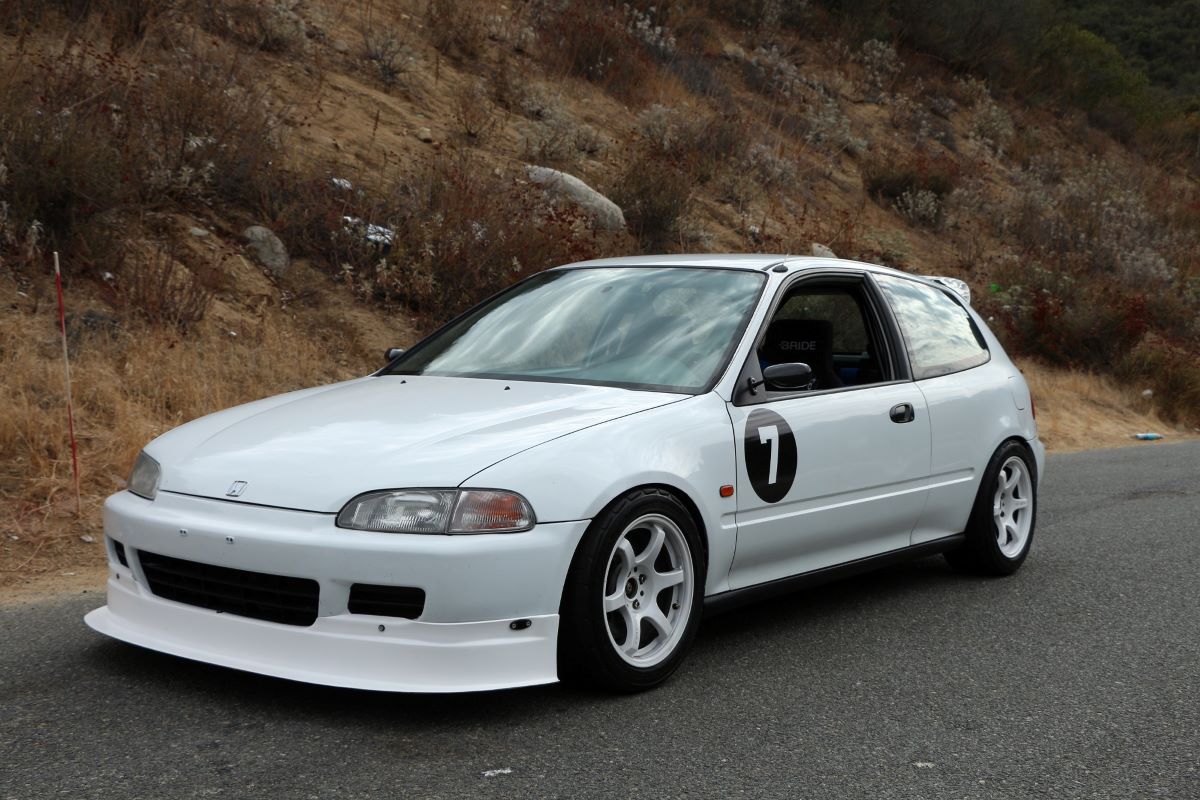
There are also minor differences in the window systems. Interestingly, despite being the newer model, the EK often comes with manual windows, whereas the EG features automatic power windows—a feature that adds a touch of convenience and reflects the attention to detail in its design.
In terms of engine options, the base model of the Honda Civic EG hatchback is the CX, which was offered with several engine variations. These include an inline-4 engine with a 1.3-liter displacement producing 74 horsepower, a 1.5-liter D15B making 103 horsepower, and another 1.5-liter D15B7 engine generating 102 horsepower.
The EK hatchback, on the other hand, comes with a more powerful 12-valve SOHC engine delivering 1.8 liters (1,751cc) and 160 horsepower. While direct comparisons can be tricky due to differences in configuration and performance focus, the EK clearly holds the edge in raw horsepower.
Wheel design and construction also set the two models apart. The EK benefits from a wider wheelbase, which contributes to a smoother, more stable ride. In contrast, the EG retains a traditional 13-inch wheel setup.
Material choices further separate the two: the EG features alloy wheel rims, which are lighter and enhance performance, while the EK uses steel wheels, which are more durable and cost-effective—an advantage in terms of longevity and affordability.
Both models have built solid reputations in various forms of racing, including lap racing, drag events, supercross, and time attack series. The EG is favored on track circuits due to its lighter chassis and compact body, making it agile and easy to handle.
The EK, however, is known for its greater track stability, thanks to its tuned body, high-quality brakes, and improved tires. That said, the EK isn’t always the fastest option—its heavier chassis and larger dimensions can sometimes hinder speed.
Overall, the two cars balance each other out, with each offering unique strengths. Notably, the EK offers more customization options than the EG, giving enthusiasts more freedom to modify and fine-tune their cars to fit specific needs.
Safety and braking features also vary between the two. The EG comes equipped with ABS-type brakes, providing better traction control and enhanced stopping power, a feature that the EK lacks. Additionally, the EG has an airbag option, improving occupant safety, whereas the EK version does not include airbags, which makes it comparatively less secure.
In terms of pricing and maintenance, it’s difficult to pin down exact values since both models are now considered vintage. That said, the Honda EG generally tends to be more affordable than the EK.
The EK commands a slightly higher price due to its use of more advanced components, such as upgraded tires, brakes, and a more modern transmission setup. These enhancements not only affect cost but also reflect the evolution of design and performance between the two generations.
4. Mercedes-Benz W123 (1976–1985)
Built like a tank and powered by legendary OM617 diesel engines, the W123 series is the definition of over-engineering.
These cars can run with little more than fuel, compression, and some basic care. They’re famously popular in regions with limited resources because they can be fixed with hand tools and basic mechanical knowledge.
Many examples have rolled past 500,000 miles, and stories of hitting 1 million miles are not uncommon.
The sheer number of Mercedes-Benz W123s produced during their decade-long run means that many people still remember them fondly, fueling a wave of nostalgia among today’s buyers.
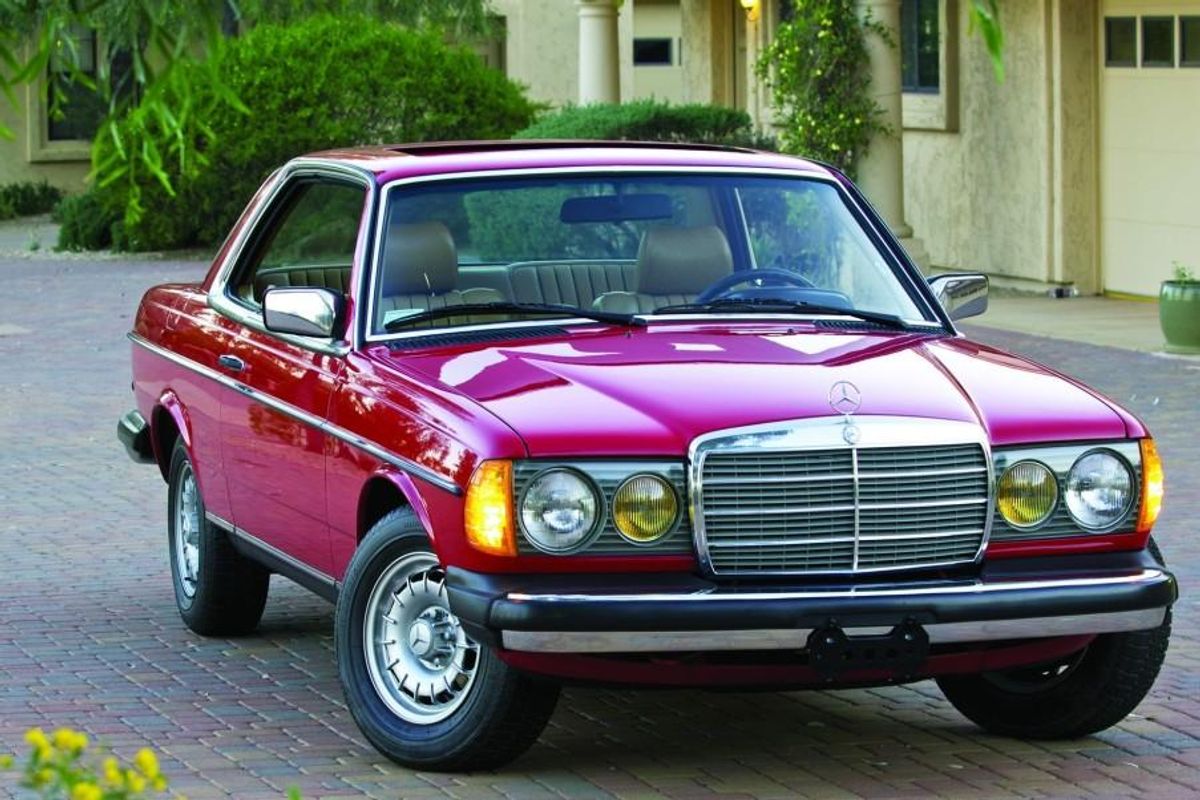
These vehicles were engineered with longevity in mind, and as a result, many are still on the road today. After a long period of relatively low market values—and a shift in perception among collectors who now realize that not everything made after 1972 is worthless—interest in the W123 has surged over the past five years.
Enthusiasts of diesel-powered models treat these cars with near-religious reverence, as if welcoming back long-lost family members. Manual transmission versions consistently command a higher price due to their rarity and the added driving engagement they offer.
Coupes and wagons are less common than sedans, and each body style has its own devoted following. If you’re searching for a W123 that combines multiple desirable traits—manual gearbox, coupe or wagon body, and a diesel engine—you should expect to pay a premium, as examples that check all these boxes are becoming increasingly rare.
Still, higher-mileage but mechanically sound and roadworthy W123s can often be found for well under $10,000, making them an accessible entry point into classic Mercedes ownership.
5. Ford Crown Victoria (1992–2011)
The Crown Vic, especially the Police Interceptor versions, are built to survive abuse.
With their body-on-frame construction and the indestructible 4.6-liter Modular V8, these cars were designed to survive pursuits, potholes, and general neglect.
After retirement from police fleets, many ended up in junkyards, only to be pulled out by enthusiasts and budget-minded drivers who knew these tanks could still go another few hundred thousand miles.
The Ford Crown Victoria name originally appeared in the mid-1950s as a trim level for the Ford Fairlane, though that initial iteration was relatively short-lived.
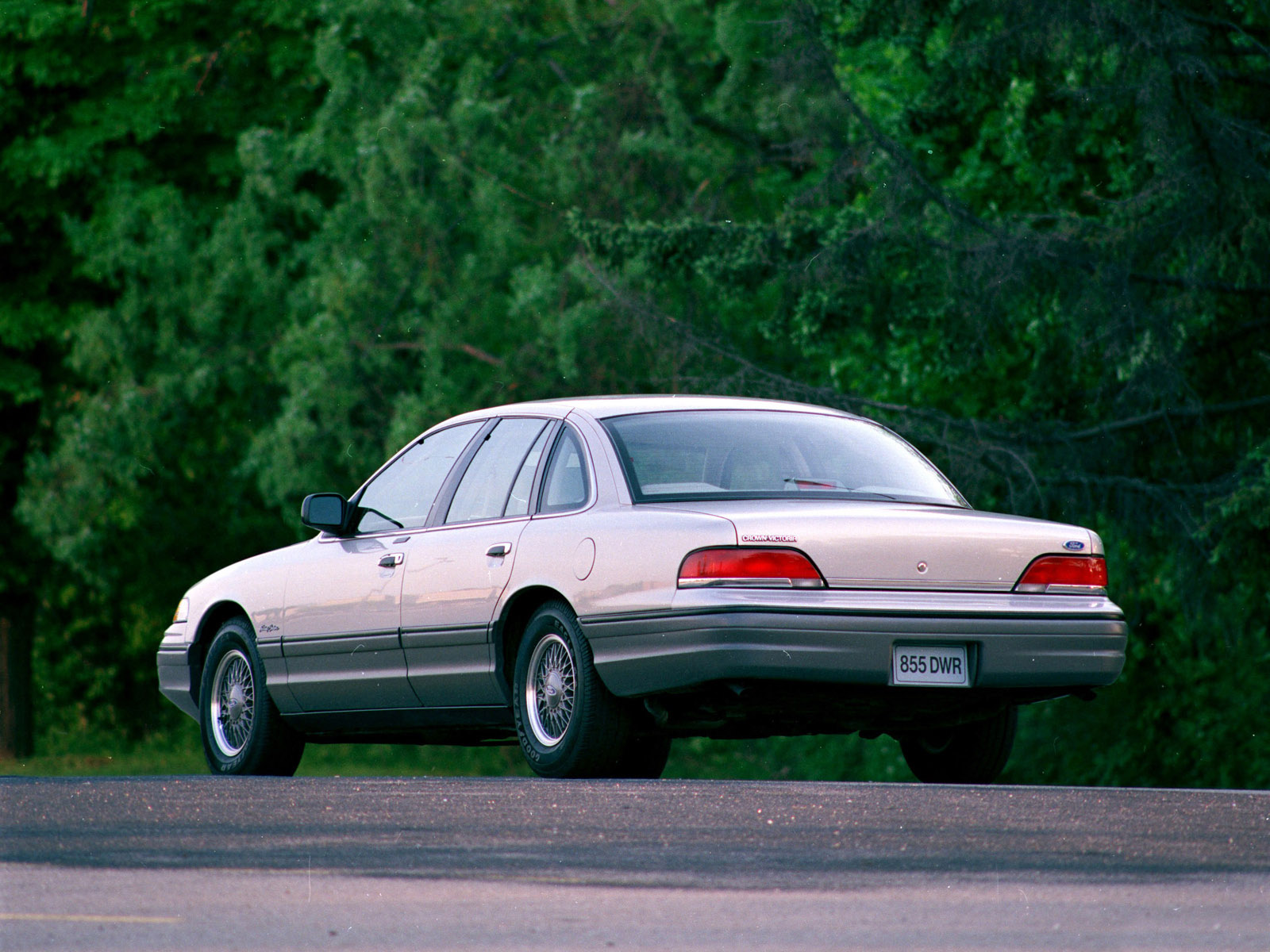
It wasn’t until 1980 that the name made a more lasting return, this time as a luxury trim for the Ford LTD. By that point, the car was built on the now-legendary Panther platform—an architecture that would come to define not just the Crown Victoria, but also its upscale relatives, the Mercury Marquis and the Lincoln Town Car.
For a number of years, the Crown Victoria remained a trim level under the LTD badge, but by the 1990s, it evolved into a stand-alone model, all while retaining its Panther platform roots.
The Panther chassis featured a traditional body-on-frame construction—considered standard in its era—though today, that design approach is mostly reserved for full-size SUVs and pickup trucks. Still, it was this old-school engineering that gave the Crown Vic its rugged charm and lasting reputation.
6. Chevrolet Caprice (1980s–1996)
Often used in fleets and as police cruisers, the Caprice of this era is another body-on-frame beast that just won’t die.
Fitted with small-block V8s and robust automatic transmissions like the 700R4 or 4L60, these cars are easy to repair and cheap to keep alive.
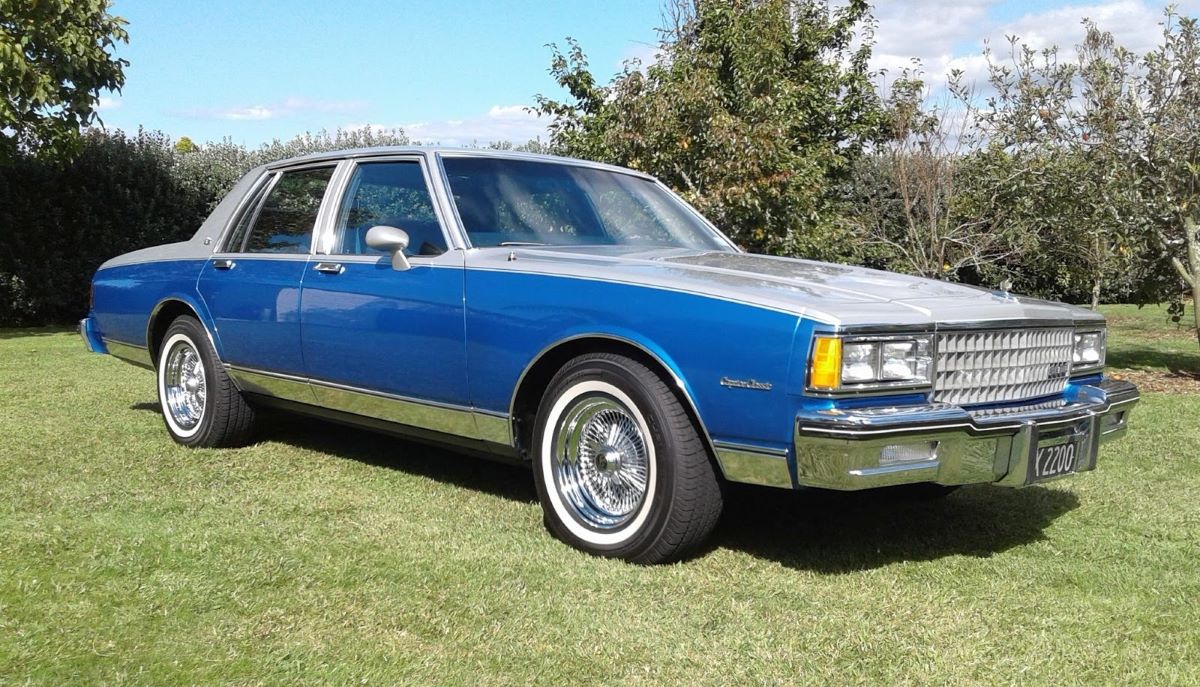
They were common in the junkyard until lowrider enthusiasts and classic car lovers started pulling them back into circulation, sometimes fully restored, sometimes as ratty daily drivers.
The fourth generation of the Chevrolet Caprice made its debut for the 1991 model year, introducing a sleeker, more rounded design compared to its predecessors. This generation was offered exclusively as a sedan or station wagon, and buyers could choose between the standard ‘Caprice’ or the more upscale ‘Caprice Classic’ trim levels.
A range of V8 engine options was also available, maintaining the model’s reputation for power and comfort. Although production of the Caprice ended in North America in 1996, the nameplate lived on in the Australian market, where it remained in production until 2017.
During this period, Chevrolet began importing a selection of Australian-built Caprice sedans specifically for law enforcement use in the U.S. These specialized patrol vehicles were designated as the Caprice PPV.
7. Subaru Outback (1996–2004)
While not immune to issues like head gasket failure, the early Subaru Outbacks, particularly those with the EJ22 engine, have proven remarkably durable in the hands of loyal owners.
With symmetrical AWD, roomy interiors, and practical designs, these cars were kept alive through years of hard use and harsh climates.
Many end up in junkyards after collisions, only to have their engines or drivetrains harvested and reinstalled in Franken-builds still running today.
The Subaru Outback made its debut as a trim package for the second-generation Subaru Legacy L wagon. The initial 1995 model was, in essence, a Legacy wagon outfitted with plastic body cladding and a more rugged cloth interior.
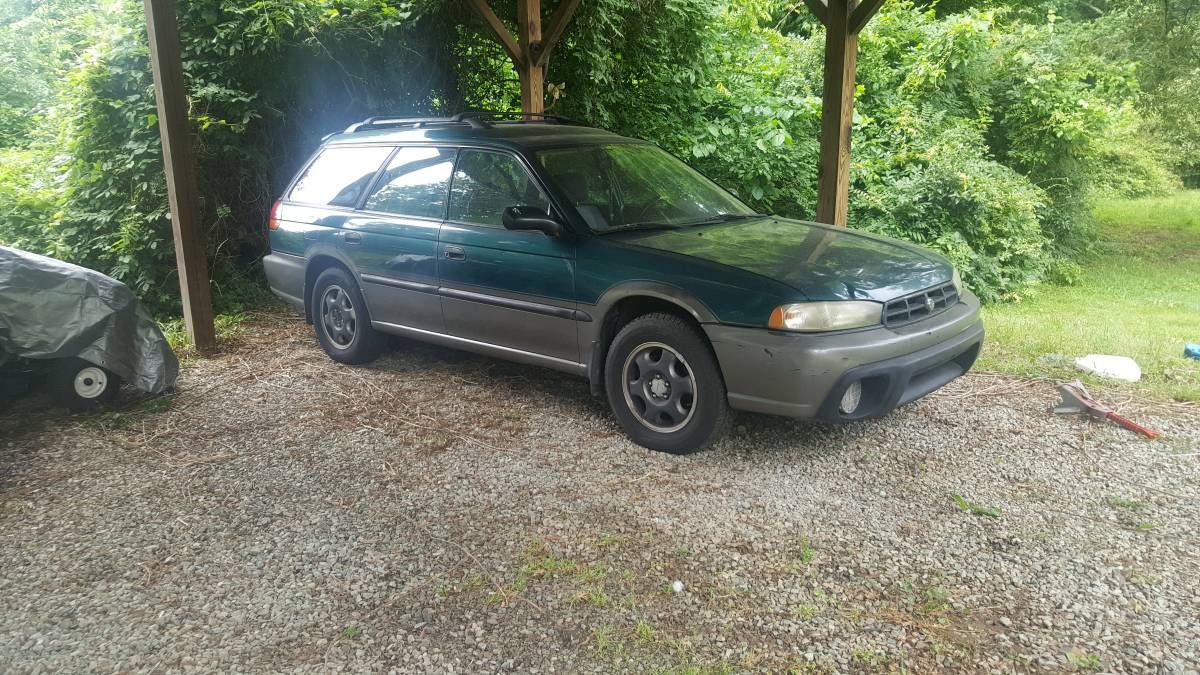
The signature suspension lift that later defined the Outback’s character didn’t appear until the 1996 model year, which also introduced a larger 2.5-liter flat-four engine producing 155 horsepower.
What really helped put the first-gen Outback on the map was its marketing campaign, fronted by Crocodile Dundee star Paul Hogan, who promoted the new model as a smart, tough alternative to the popular SUVs of the era, such as the Ford Explorer and Jeep Cherokee.
“The first-gen Outback is perhaps best known for its ad campaign featuring Crocodile Dundee star Paul Hogan, who pushed the then-new model as a smart, rugged alternative to SUVs of the day like the Ford Explorer and Jeep Cherokee.”
Following the 1996 updates, the Outback at least looked the part, thanks to 7.3 inches of ground clearance and chunkier mud and snow tires. In 1997, Subaru introduced the first Outback sedan in limited numbers, testing the concept of a so-called “Sport Utility Sedan.” Evidently, the idea resonated with buyers, because the Outback sedan carried on for two more generations.
8. Mazda B-Series / Ford Ranger (1994–2004)
The small pickup versions of the Mazda B-Series and Ford Ranger were once forgotten by the industry, but they’re now recognized as some of the most dependable compact trucks ever made.
Often retired to junkyards with rust or cosmetic damage, many of these are rescued because their 2.3L or 3.0L engines can still fire right up.
Mechanics love them because of their simple layout and ease of repair. They’re still frequently seen working on farms and construction sites.
Whether you’re drawn to a compact truck for its image or its practicality, Ford’s Ranger lineup is more than ready to win you over.
As one of the brand’s strongest sellers, the Ranger offers a wide array of trim levels—from the no-frills XL to the more refined XLT and STX, all the way to the head-turning Ranger Splash, which stands out with its fiberglass Flareside bed, chrome wheels, and lowered suspension.
Performance is especially spirited when the optional 4.0-liter V6 engine is under the hood. Acceleration feels strong from a stop, during highway merges, or while overtaking traffic. In contrast, the base four-cylinder engine can struggle under heavy loads.
The automatic transmission shifts cleanly and quietly in everyday driving, with only a mild jolt under full throttle. Downshifts are slightly more noticeable but still controlled. For those equipped with it, the push-button four-wheel-drive system is simple and intuitive to use.
On the road, the Ranger feels composed. Steering feedback is solid, and the truck handles confidently within its limits. It’s easy to maneuver, corners predictably, and maintains good stability through curves.
While the ride can get bouncy around town—as expected for a compact pickup—passengers will generally find it comfortable. Fuel economy with the V6 and automatic transmission isn’t a highlight, but that’s typical for a truck of this size and power.
For 1996, the Ranger introduces a notable industry-first in safety: an optional passenger-side airbag that can be disabled with a switch—ideal when a child car seat is placed in the front passenger position.
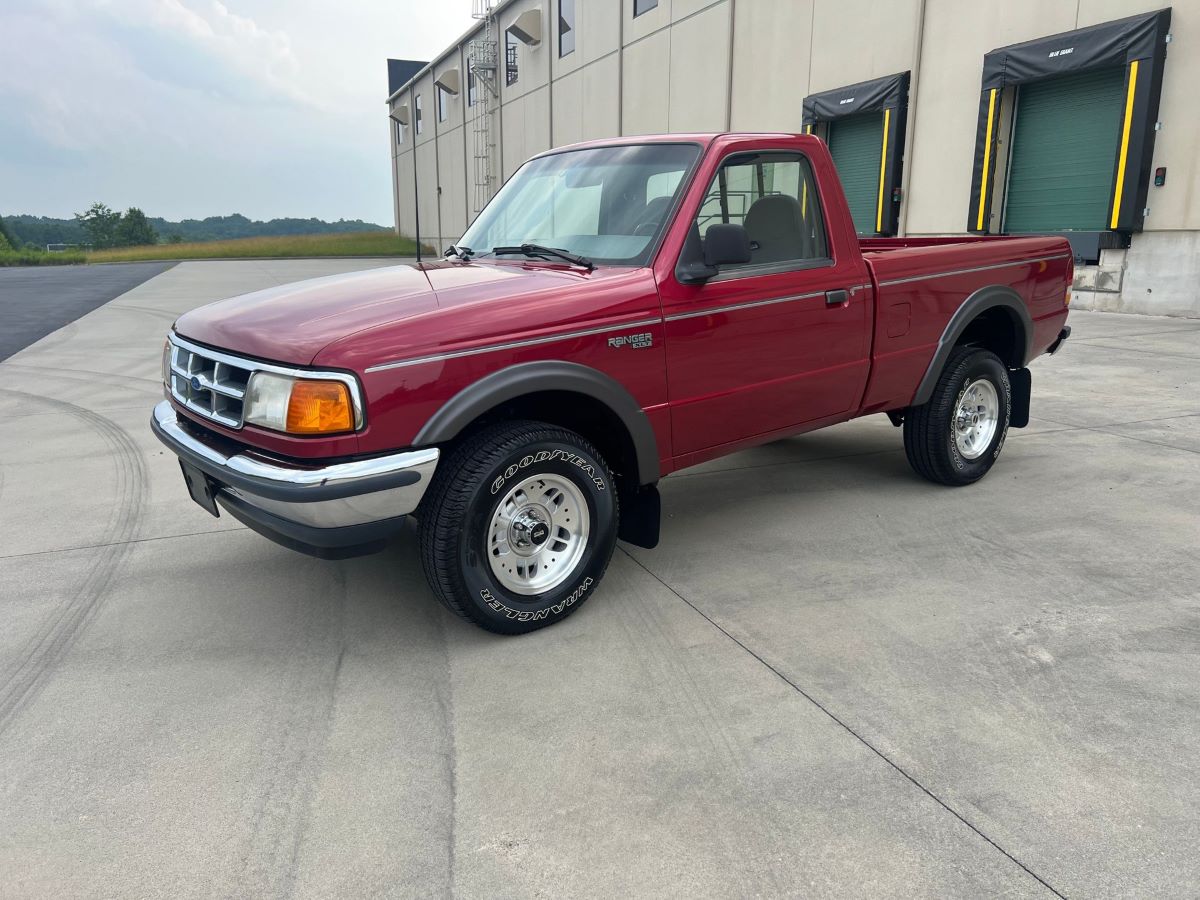
Additional updates for the year include a 100,000-mile tune-up interval for the 2.3-liter four-cylinder engine and standard privacy glass on Supercab models. A new twist for XL and XLT two-wheel-drive models equipped with the base engine is the option to add the Flareside box from the Ranger Splash—available on both regular and Supercab variants.
Some trim changes also come into play: the eye-catching green tape stripe is gone from Splash models, the cargo cover is no longer included on Supercabs, and the XL Sport model has been dropped from the range.
Inside, the Ranger’s seats are firm and supportive, encouraging long-distance comfort. Despite being unapologetically a truck at heart, the Ranger can be equipped with enough creature comforts to rival more luxurious rides. It’s sharp-looking, enjoyable to drive, and built with attention to detail, offering a compact pickup experience that feels thoroughly complete.
9. Jeep Cherokee XJ (1984–2001)
The XJ Cherokee’s 4.0L inline-six engine is one of the most respected powerplants in the off-road community.
Built on a unibody frame but still rugged as a rock, many were abandoned due to rust or electrical issues but off-road enthusiasts routinely bring them back to life.

Thanks to massive aftermarket support and a thriving online community, the XJ survives as a favorite trail crawler and winter beater, with many pushing past 400,000 miles.
While the Cherokee’s unibody construction doesn’t offer the same raw durability as a traditional body-on-frame setup, it’s still workable—welding directly to the sheetmetal structure is possible, and there are various kits and reinforcement options available to beef up the unibody chassis.
Thanks to its massive production numbers and long 18-year production run, the market price of the Jeep Cherokee XJ has plummeted over the last decade. In fact, it’s become so affordable that many builders now treat it as a throwaway rig. “So cheap in fact, many Cherokee builders often look at them as a disposable vehicle.
This means after the Cherokee’s body has been pulverized through years of ’wheeling, you can simply peel off all of the sturdy aftermarket parts and move them over to another Jeep Cherokee XJ.”
As one of the last SUVs in North America to feature a solid front axle, the Jeep Cherokee XJ carved out a legacy that still echoes across the off-road community and the automotive industry. It was nothing short of a game-changer.
Like most long-running models, not every year of the XJ is created equal—some model years stand out as better choices than others. What follows is a breakdown of everything you need to know before tracking down your own Jeep Cherokee XJ project.
10. Nissan Hardbody Pickup (1986–1997)
The D21 “Hardbody” pickup was Nissan’s answer to the indestructible Toyota Hilux, and it largely delivered.
With a reputation for surviving harsh climates, overloaded beds, and negligent maintenance, these trucks were often junked for cosmetic damage rather than mechanical failure.
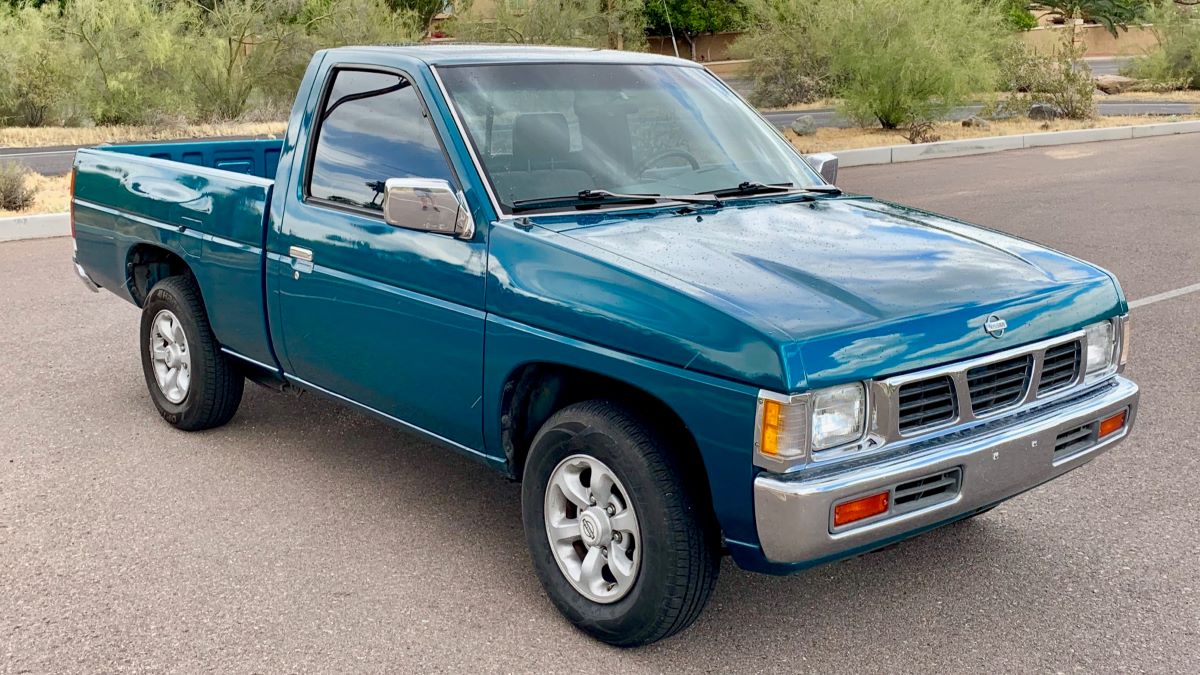
Their Z24 and KA24 engines are incredibly long-lasting, and it’s not rare to see these boxy pickups still used in trades or as weekend workhorses.
The Nissan Hardbody stands as one of the most legendary and authentic mini trucks from the 1980s and 1990s. Whether you owned one yourself or knew someone who did, chances are you’ve heard a tale or two involving a Hardbody.
It fits snugly into that revered category of near-indestructible mini trucks—think Toyota pickup, Isuzu P’up, Chevy S-10, GMC Sonoma, Ford Ranger, Mazda B-Series, Mitsubishi Mighty Max, and Dodge D-50—that once dominated the streets in droves.
The two-wheel-drive variant of the Hardbody was a favorite for those into lowering trucks to the pavement, while the 4×4 version was made to conquer rugged terrain. Curious about the story behind the Nissan Hardbody? Let’s dig in.
Before the Hardbody hit the scene, there was the Datsun/Nissan 720, produced from 1980 to 1986. But let’s roll the tape back even further. Nissan was founded in Japan in 1933, and for many years sold vehicles in the U.S. under the Datsun name.
The first compact pickup to make its way to American shores was the 1959 Datsun 222 (also known as the Datsun 1000), equipped with a 1.0-liter four-cylinder engine pushing 37 horsepower. This truck was introduced to the American public at the 1959 Los Angeles Auto Show.
Following it came the 60-hp 1.2-liter Datsun 223 (1960–1961), then the 1962–1965 Datsun N320 (yes, that rare Datsun NL320 unibody cover truck), the two-headlight 1.3-liter 1965 Datsun 520, and the more recognizable four-headlight 1966–1968 version of the 520.
The Datsun N521 (1969–1971), powered by a 77-hp 1.5-liter engine, is often credited as the world’s first half-ton mini truck. In 1972, the Datsun 620 took over, introducing the long bed in 1975 and the first-ever extended cab, or King Cab, in 1977. After that came the Datsun/Nissan 720.
The 720 straddled both identities—it was branded as a Datsun, a Nissan, or even both, depending on the year. Initially, from 1980 to 1983, the truck bore only Datsun badging. But beginning with the 1984 model year and continuing through 1986, the trucks transitioned toward Nissan branding, especially as U.S. production kicked off.
The first American-built Nissan pickups—the 1984–1986 Nissan 720s—rolled out of Nissan’s newly opened assembly plant in Smyrna, Tennessee. Some of these transitional trucks, particularly from 1984, even carried both Datsun and Nissan emblems.
As a result, the 720 earned the distinction of being the last Datsun pickup and the first Nissan truck built in the U.S. That said, the Datsun name never made its way onto the Hardbody.
In fact, the very first Nissan pickup assembled in the United States—the 1984 Nissan 720—rolled off the Smyrna production line on June 16, 1983. This marked the beginning of Nissan’s U.S. manufacturing operations.
The white pickup was the plant’s inaugural vehicle. Today, that same facility builds the Leaf, Maxima, Murano, Pathfinder, Rogue, and Infiniti QX60, and also handles engine production for several other models like the Frontier and Titan. Meanwhile, final assembly for current Titan and Frontier trucks now takes place in Canton, Mississippi.
The Nissan Hardbody debuted during the 1986.5 model year and remained in production in Smyrna until 1997. That mid-year introduction means 1986 was a transitional year when both the outgoing 720 and incoming Hardbody were available. So if you see a truck labeled as a 1986.5 Hardbody, that’s why—it marks that overlap.
Visually, the Hardbody is easy to spot, thanks to the bold horizontal character line that cuts straight through the truck from end to end—starting right above the headlight, slicing through the door handle, and running into the middle of the taillight.
The name “Hardbody” referred to the truck’s tough double-walled bed, rigid panel construction, and bold, aggressive styling. Trucks in the ‘80s were all about rugged presence, and the Hardbody embodied that spirit.
Interestingly, “Hardbody” was never its official model name—it was technically the D21—but the nickname stuck. So much so that Nissan even leaned into the term in their advertising at the time.
The D21 Hardbody was sold from the 1986.5 through the 1997 model years and offered a range of four-cylinder and V-6 engines. The early four-cylinder models (1986–1989) came with a 106-hp 2.4-liter Z24i engine with throttle-body injection. This was succeeded by the 134-hp 2.4-liter KA24E with multi-point fuel injection (1990–1997).
On the V-6 front, the 1986–1989 Hardbodies were powered by a 140-hp 3.0-liter VG30i throttle-body injected engine, which at the time offered best-in-class horsepower. Later, from 1990 to 1995, the truck was upgraded with the more powerful 154-hp 3.0-liter VG30E engine using multi-point fuel injection.
However, due to emissions regulations, the final two model years—1996 and 1997—only came with four-cylinder engines. Transmission choices included a five-speed manual as well as three- and four-speed automatics.
These junkyard survivors are a testament to smart engineering, mechanical simplicity, and rugged durability. They’re the kinds of vehicles that refuse to give up, often looking rough around the edges but still faithfully serving their owners.
While newer cars are often too complex or costly to keep running past their prime, these machines remind us that good design and a bit of care can go a very long way.

